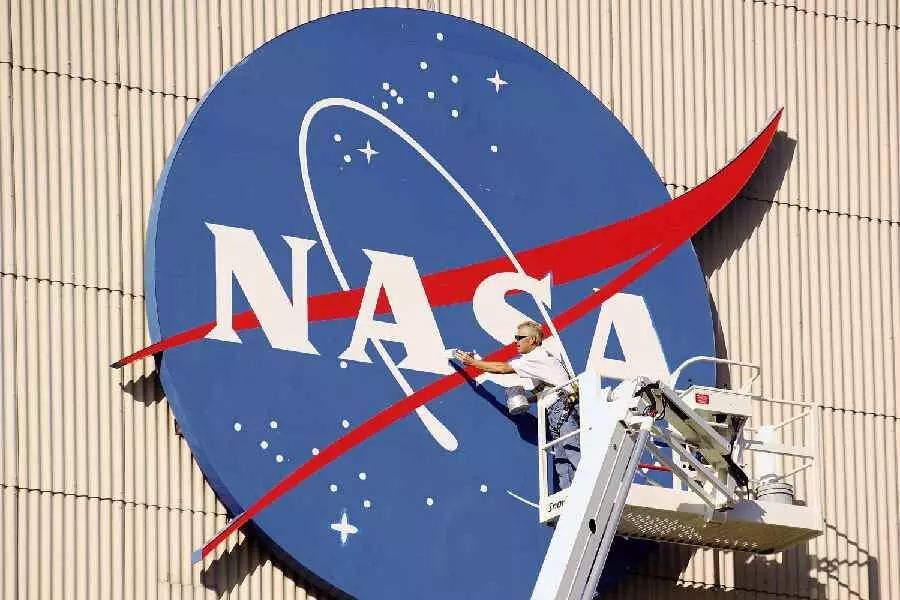NASA Proposes Cheaper Plan to Bring Mars Samples to Earth by 2030s
NASA unveils a revised plan to return Mars samples to Earth by the 2030s, cutting costs and speeding up the mission timeline.
image for illustrative purpose

NASA is revising its approach to returning samples from Mars after its original $11 billion plan encountered escalating costs and delays. Administrator Bill Nelson unveiled a more cost-effective proposal on Tuesday, offering a streamlined solution to bring Martian rocks and soil to Earth by the 2030s.
Nelson, who will soon step down as NASA’s leader following President-elect Donald Trump’s inauguration, revealed that the agency had abandoned its previous sample return strategy due to budget overruns and a timeline that pushed the return of materials to Earth beyond 2040. The new approach aims to deliver 30 titanium tubes, filled with Martian samples collected by NASA’s Perseverance rover, at a lower cost and within a quicker timeframe.
"We are focused on returning the Mars samples as efficiently and affordably as possible," Nelson said. "Our goal is to get these materials back in the shortest time frame at the lowest price."
The agency has identified two potential options for achieving this goal, both of which would fall within a $6 billion to $7 billion budget range. One option involves utilizing designs from private commercial partners, while the other relies on a more traditional method using NASA’s tried-and-true sky crane landing system, which has successfully deployed Perseverance and Curiosity rovers on Mars in the past. Both proposals will maintain the same number of spacecraft and launches, but the updated plans are intended to simplify the mission’s execution.
NASA intends to finalize its decision next year after completing engineering studies to evaluate the technical details of each option. The revised plan also includes a change in the power system, with the spacecraft switching from solar to nuclear energy to ensure reliability during Martian dust storms.
Since landing on Mars in 2021, Perseverance has collected over 20 samples, with more expected as part of NASA’s ongoing search for signs of ancient life on the red planet. The samples, which were gathered from the delta of a long-dried Martian river, are critical for scientists hoping to study them in Earth-based laboratories.
Nelson highlighted that both of the proposed options would streamline the mission by cleaning the sample tubes on the Martian surface, rather than in the return spacecraft, reducing complexity and costs. Additionally, the shift to nuclear power is designed to enhance the mission’s ability to operate in the harsh Martian environment.
As Nelson prepares to hand over the reins to NASA’s next leader, he noted that the incoming administration will ultimately determine the final approach for retrieving the Mars samples. Trump’s nominee to succeed Nelson, tech entrepreneur Jared Isaacman, has made headlines for funding his own spaceflights, including two trips to orbit.
“We wanted to provide the incoming leadership with the best options to move forward,” Nelson concluded. “Now, it’s up to them to decide the next steps for bringing Mars rocks and soil to Earth.”

